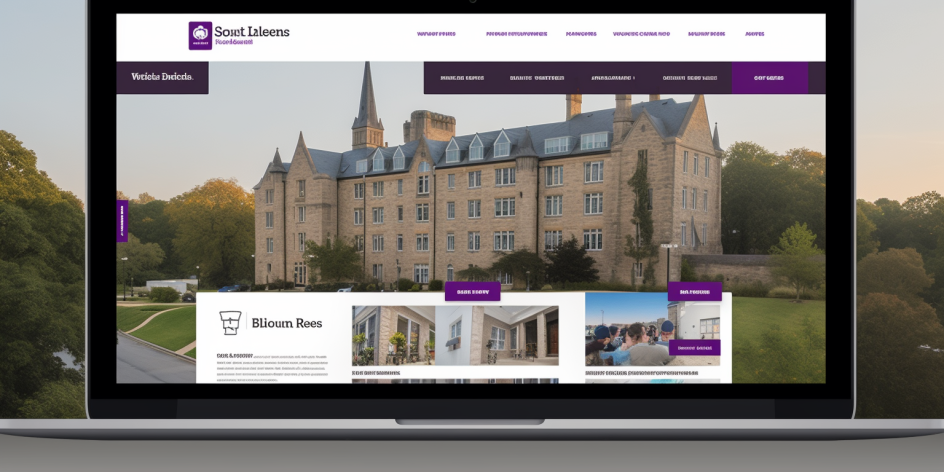Search Engine Optimization (SEO) is an indispensable tool in the digital marketing toolbox, particularly in the realm of higher education. As universities and colleges vie for visibility in an increasingly digital world, SEO strategies offer a pathway to prominence. By enhancing online visibility, institutions can connect with prospective students in meaningful ways, guiding them towards programs and services that align with their academic aspirations. This guide will explore the multifaceted role of SEO in higher education marketing, providing actionable insights to elevate your institution’s search engine rankings.

Understanding the Importance of SEO in Higher Education
SEO is more than just a buzzword; it’s a strategic approach to making your institution more discoverable online. By optimizing a website to rank higher in search engine results for relevant keywords, higher education institutions can effectively bridge the gap between their offerings and the students seeking them. SEO is not just about visibility, but about creating meaningful connections with potential students by aligning with their search behaviors and informational needs.

Reference: “Why Higher Education is Failing at SEO” – This article discusses the common pitfalls higher education institutions face when implementing SEO strategies, emphasizing the importance of understanding and effectively utilizing SEO.
Conducting Keyword Research for Higher Education
Keyword research is the foundation upon which effective SEO strategies are built. It involves identifying the keywords and phrases potential students use when seeking information about higher education programs and institutions. By understanding these search queries, institutions can tailor their website content to align with the informational needs of their prospective students, thereby improving their search engine rankings.

Optimizing Your Website’s Structure for SEO
The structure of your website plays a crucial role in its SEO performance. A well-structured website allows search engines to understand the content of a website and its relevance to specific keywords. This involves using headings to organize content, meta tags to provide concise content summaries, and alt tags to describe images. By enhancing your website’s structure, you can improve its navigability, user experience, and search engine performance.

Creating Valuable and Relevant Content for Higher Education
Content is king in the realm of SEO. The creation of valuable and relevant content not only enhances your website’s SEO performance but also establishes your institution as a trusted source of information. This involves crafting content that is informative, engaging, and tailored to the needs of potential students. By focusing on the quality of your content, you can improve your website’s search engine rankings and foster meaningful connections with your audience.

Building Backlinks for Higher Education Websites
Backlinks, or inbound links from other websites, are a testament to the quality and authority of your website. They signal to search engines that your content is valuable and trustworthy, thereby improving your website’s SEO performance. Building backlinks involves creating high-quality content that others find valuable enough to link to and reaching out to other websites for link opportunities.

Utilizing Social Media for SEO in Higher Education
Social media platforms offer a unique opportunity to enhance your website’s visibility and improve its SEO performance. By sharing links to your website on social media and encouraging others to do the same, you can drive traffic to your website, increase its visibility, and improve its search engine rankings. Moreover, social media allows you to engage with your audience in meaningful ways, fostering a sense of community around your institution.

Measuring Your SEO Efforts in Higher Education
Assessing the effectiveness of your SEO strategy is crucial for continuous improvement. Tools like Google Analytics can provide valuable insights into your website’s performance, including traffic, bounce rate, and conversions. By analyzing this data, you can identify areas of strength and opportunities for improvement, allowing you to refine your strategy and enhance your SEO efforts.

Conclusion
SEO is a critical component of digital marketing that plays a vital role in higher education marketing. By understanding SEO, conducting keyword research, optimizing a website’s structure, creating valuable content, building backlinks, using social media, and measuring SEO efforts, higher education institutions can enhance their visibility in search engine results and connect with potential students effectively. A well-executed SEO strategy can help higher education institutions establish themselves as leaders in their field, increase brand awareness, and drive enrollment. Investing time and resources in SEO can yield long-term benefits for institutions, helping them achieve their goals.
